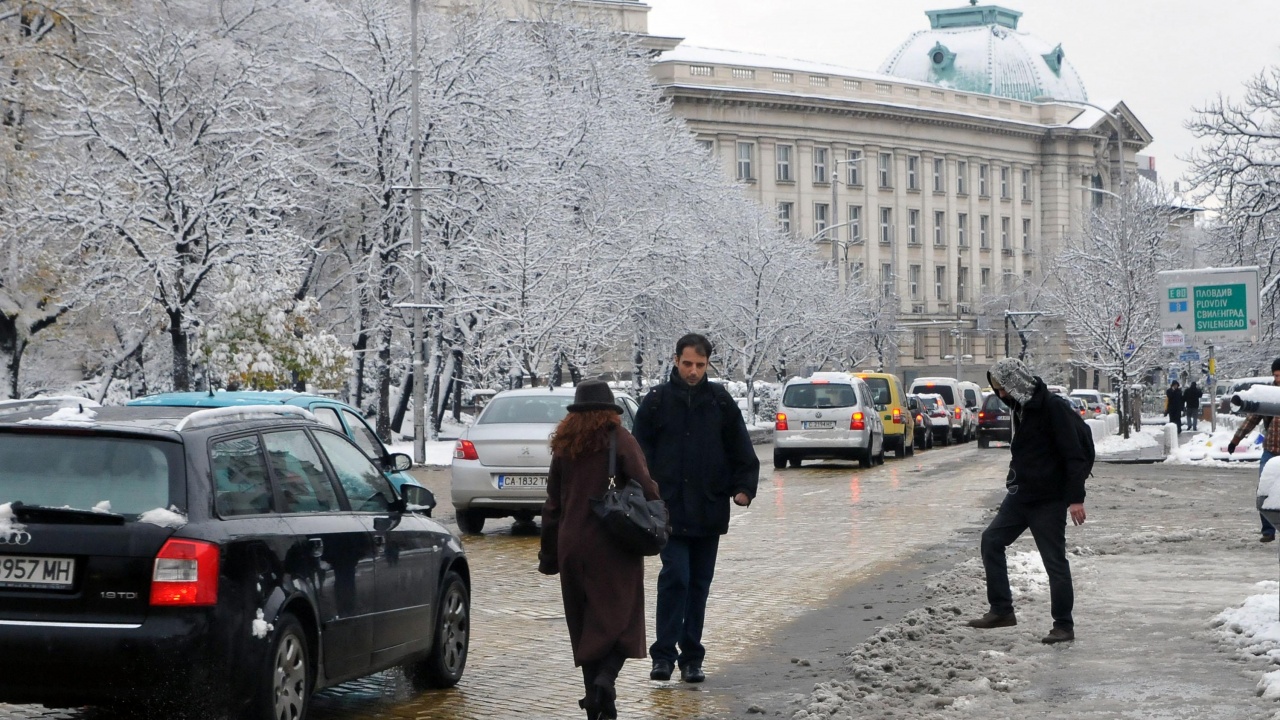The lowest temperatures in January in our country will be between minus 12 and minus 7 degrees, on the Black Sea - about minus 3 degrees, and the highest temperatures will be between 13 and 18 degrees. This was reported to BTA by Anastasia Kirilova, a forecaster at the National Institute of Meteorology and Hydrology (NIMH), presenting the weather forecast for January in Bulgaria to the "Meteorological Forecasts" Department at NIMH.
This year in January, the average monthly temperature is expected to be above the norm, which in Northern Bulgaria and in the high fields is between minus 2 and 1 degrees, along the Black Sea, in the Upper Thracian lowland and along the valley of the Struma River - from 0 to 4 degrees, and in mountainous areas - between minus 10 and minus 3 degrees.
The monthly amount of precipitation will be around and below the norm, which is between 30 and 70 liters per square meter.
The month will start with dry weather, and in the second ten days the temperatures will be higher than usual, but there will be precipitation, mainly from rain
January will start with relatively warm and dry weather.
It will be sunny in the mountains and mountainous regions, and mostly cloudy and foggy in the lowlands and valleys, especially in the hours before noon.
Around the middle of the first ten days, the temperatures will drop, but in most of the country they will remain above the climatic norms.
The cloud cover will also increase over the mountainous regions, and the probability of precipitation, mostly light and from rain, also increases.
During the second ten days, temperatures will remain close to or higher than usual.
On most days, there is also an increased probability of precipitation in more places, mainly from rain, which will turn into snow in the high fields, in the low mountain areas and in places in Northern Bulgaria.
At the end of the ten-day period, the probability of precipitation is relatively less.
During the third ten-day period, the temperatures are expected to be close, and in the western regions, higher than the climatic norms.
There is a higher probability of precipitation in more places at the beginning and around the middle of the ten-day period.
During the last days of the month, the probability of sunny weather and relatively higher temperatures in the mountains increases, and mostly cloudy and foggy weather in the lowlands.
January is the coldest and snowiest month of the year, and the lowest temperature in our country is minus 38.3 degrees and was measured in Trung on January 7, 1947.
The characteristic features of the month show that January is the coldest and snowiest month of the year.
Through it, there is the greatest probability of incursions of arctic air from the north, during which Mediterranean cyclones are often formed and conditions are created for prolonged heavy snowfalls - a typical winter.
In Northern and Eastern Bulgaria this is often combined with a strong northerly wind.
There are blizzards, drafts, snowdrifts are formed, which further complicates the winter situation.
The average monthly number of days with snow cover in January is the largest in Northwest Bulgaria - about 20, and the smallest along the Black Sea coast - from 2 to 5.
January is usually the coldest days of the year - after the arctic air rushes in, the wind dies down and it clears up.
The absolute minimum for the country is minus 38.3 degrees, measured in the city of Trung on January 7, 1947.
This is what New Year's time will be like
